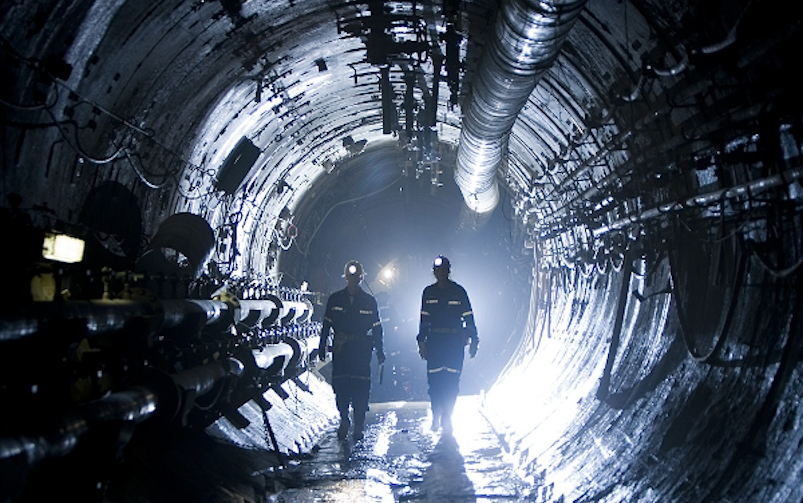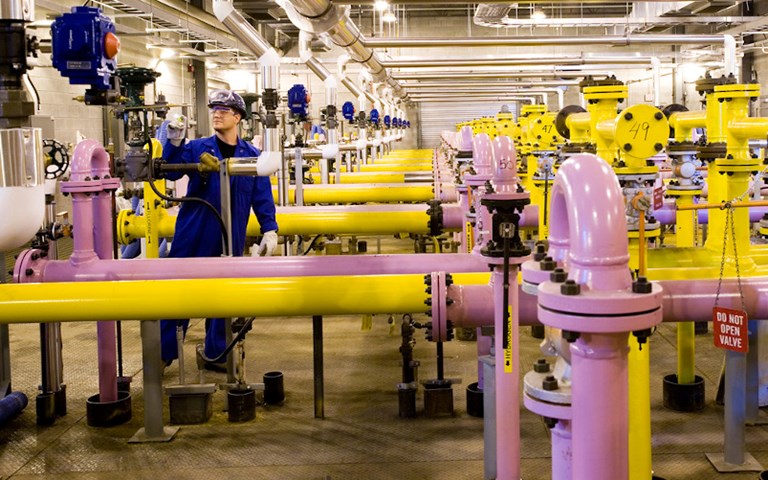A view inside Cameco's Port Hope UF6 plant in Ontario. Courtesy of Cameco.
On May 11, Cameco announced it was resuming production at its Port Hope Conversion Facility UF6 plant and its Blind River refinery in Ontario. The company will initiate and ramp up operations from May 18 to May 22, and plans to resume regular production the following week.
The company shut the two facilities temporarily on April 8 after measures to curb the spread of COVID-19 led to uncertainty whether the UF6 plant in Port Hope would have the required personnel to operate the continuous production process. The Blind River refinery, where the majority of the uranium trioxide (UO3) it produces is used at Port Hope UF6 plant was also suspended, though it continued to receive deliveries of uranium concentrate.
Related: Nuclear power, and Canada’s uranium industry, are struggling to find their place in a green energy future
“The provinces and communities where we operate are certainly not out of the woods when it comes to this global pandemic, and we must remain vigilant in how we manage our activities during these challenging times,” Cameco president and CEO Tim Gitzel said. “However, we are confident that we can maintain the required roster of qualified operators to run the UF6 plant going forward, enabling us to carefully bring the plant and the UO3 refinery back into production.”
Cameco stated that its reason for reopening the plant and refinery is that its workforce situation has been stabilized and it believes it will have the necessary workers to go into work at the UF6 plant. The company has put in health and safety measures to prevent the spread of COVID-19 at the two operations and says it will continue to monitor the situation for any changes.
While the company continues to operate the rest of its Ontario operations, its Cigar Lake uranium mine in northern Saskatchewan remains in care and maintenance. The company withdrew its 2020 guidance on April 13.



